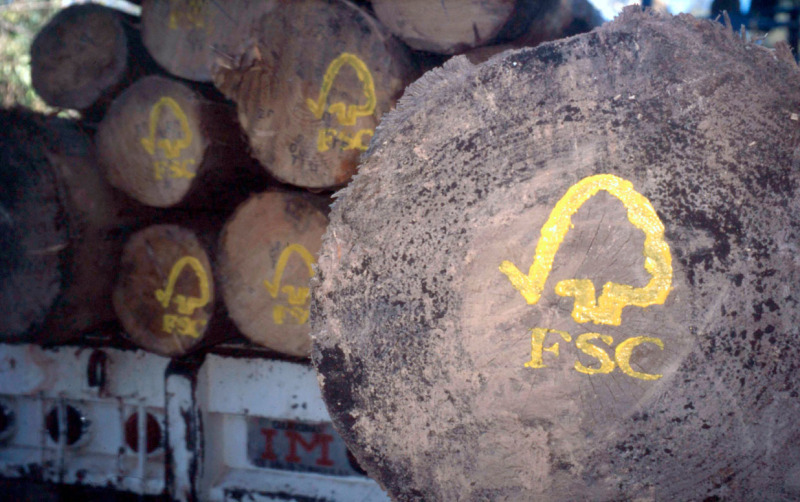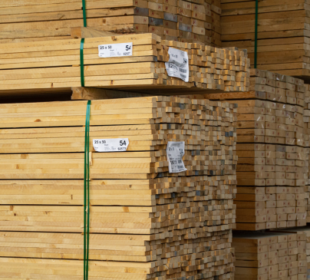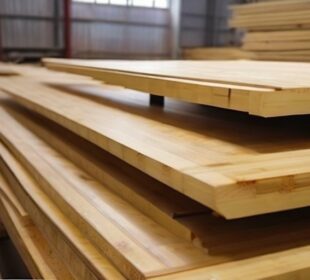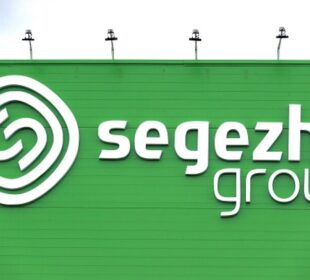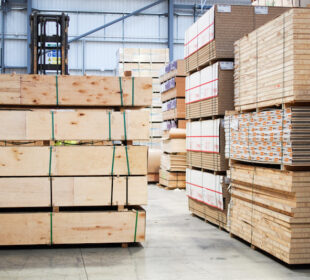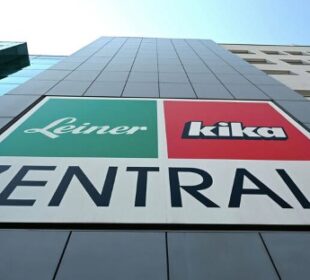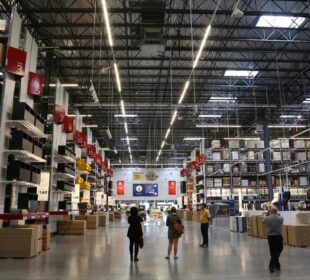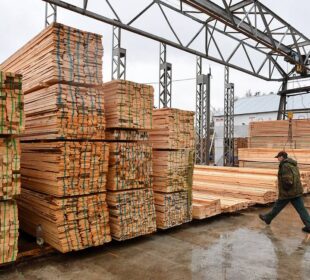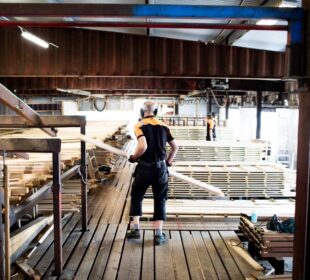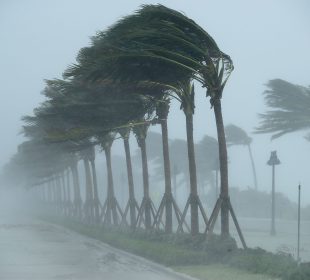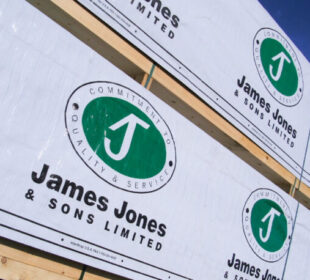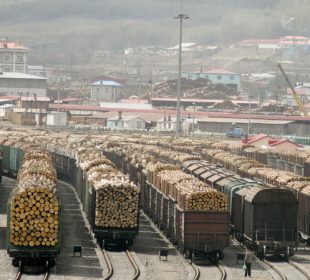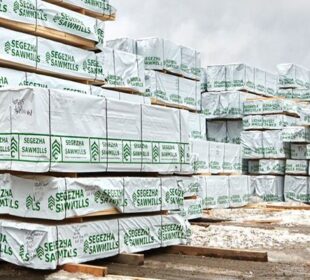The first estimates of FSC’s presence in the forest products supply chain are now available for 2016. The FSC Global Strategic Plan calls for FSC to reach 20% market share in global forest-based trade by 2020.
To track progress towards this goal, FSC has developed a method to assess its current market share. The FSC market share is measured using six indicators. These indicators reflect the diversity of the forest products market and different stages of supply chains.
Timber volumes
FSC-certified forests – including natural forests and plantations – produce some 16% of global timber by volume. Over 17% of timber harvested in plantations is FSC certified. FSC is growing most rapidly in countries with tropical forests. This expansion brings possibilities for expanding the market for timber from responsibly managed forests. In these countries, the share of FSC-certified timber is nearly 13% of harvested timber volume.
Non-timber forest products
In addition to timber, FSC-certified forests produce a large variety of non-timber forest products (NTFPs). For instance, nearly 5% of global cork production is now FSC certified. This has been achieved thanks to support from dedicated forest owners and managers. Increasing awareness of sustainability is also driving the uptake of FSC certification within the natural rubber industry. Currently, the share of FSC in natural rubber is 0.1% , but it is anticipated to grow rapidly in the future.
Ecosystem services
FSC is developing new tools to capture the value of other ecosystem services – besides timber and NTFPs – that are provided by FSC-certified forests. Forests act as carbon sequestration and storage facilities, and FSC-certified forests are no exception. Some 6% of FSC-certified forests provide carbon offsets – income from global carbon funds. Overall, more than 12% of FSC forest management certificate holders report having earned monetary compensation for providing ecosystem services.
Financial turnover
On average, FSC certificate holders receive over a quarter (28%) of their forest product financial turnover from FSC-certified products. Among forest management certificate holders, the share is even larger – about three fifths (60%). The reason behind this difference may be that forest management certificate holders operate at the beginning of the supply chain, where the share of FSC materials in their sales tends to be higher than in the processing or retail sectors.
Key products and recycled paper
FSC works with leading global forest products companies to measure the share of FSC-certified materials in finished products. Currently, we focus on furniture, structural/construction timber, composites, packaging, paper and newsprint, household and sanitary sectors, and on the use of reclaimed paper.

